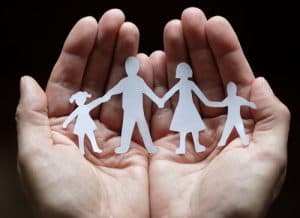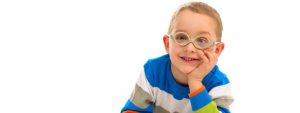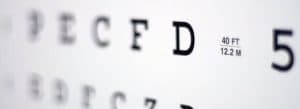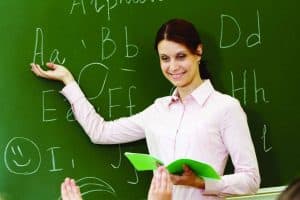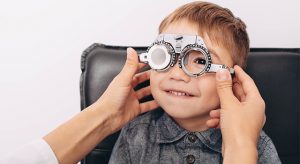Home > Vision Therapy > Vision Therapy for Children
Vision Therapy for Children
- Are your child’s school grades not a true reflection of their potential?
- Has your child been told they have a learning difficulty, attention issues or lazy eye?
- Could your child's reading or school grades be improved?
- Could your child have 20/20 sight and still have a problem with their visual skills?
-
Parent’s Checklist to Identify a Vision Problem
Is a vision problem impacting your child's academic success or athletic performance? Did you know that vision problems affect up to 25 in every 100 children - that's at least six students in every class. This checklist can be a useful tool for you to understand all of the behavioral and physical symptoms that your child is experiencing, and may help to facilitate the identification of a vision problem.... -
Lazy Eye and Crossed Eye: What’s the Difference?
Both lazy eye and crossed eye are functional vision problems – but there are important differences. It might be difficult to tell the difference between... -
What is the Youngest Age to Start Vision Therapy?
Vision therapy is essential for infants and children to ensure their eyes develop correctly and to avoid life-long vision problems. The first few years of... -
Optometric Management of Dyslexia
Comprehensive eye exams are essential if your child has been diagnosed with dyslexia. Children diagnosed with dyslexia could have an undiagnosed visual problem and may respond well to options such as eyeglasses or vision therapy.... -
The Myth of 20/20 Vision
Have you been told that your child has 'perfect 20/20 vision', but is still not reaching their potential at school? A child can have 20/20 sight, and still have one or more vision problems affecting their school grades The term '20/20 vision' only means your child has clear distance sight, but they may still have lazy eye, eye tracking, eye focusing or visual information processing issues. ... -
Convergence Insufficiency
Convergence Insufficiency (CI) impacts the lives of up to 15% of all students. This is a highly treatable binocular vision condition that affects near vision and eye muscle coordination. Children with CI can be mislabeled as 'lazy', 'clumsy', 'poor students' and 'anxious', or even misdiagnosed with ADHD and dyslexia.... -
A Teacher’s Guide to Vision
As an educator, it may surprise you to discover that many students that show signs of a learning difficulty actually have an undetected vision problem. Teachers play a vital role in the future success of their students and are the most qualified professionals to notice any learning problems in the classroom. "It is estimated that more than ten million school age children suffer from vision problems that may cause them learning difficulties in school." (National PTA)...

